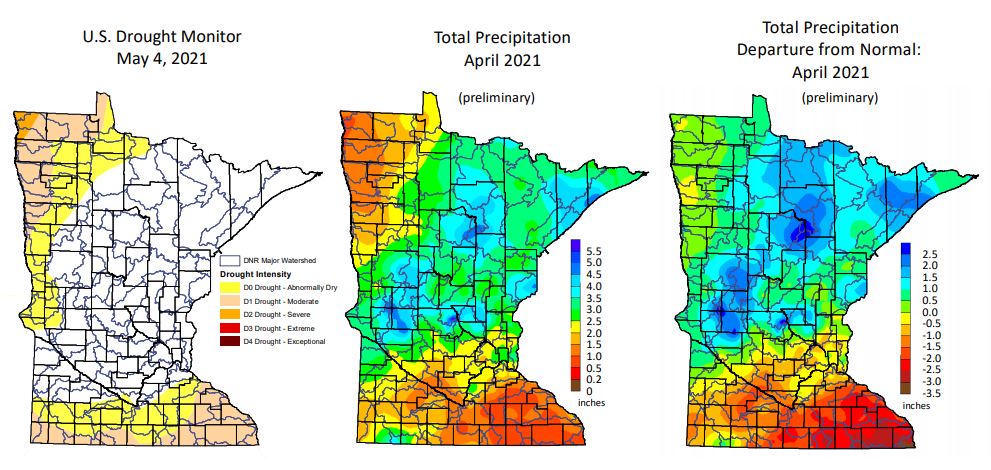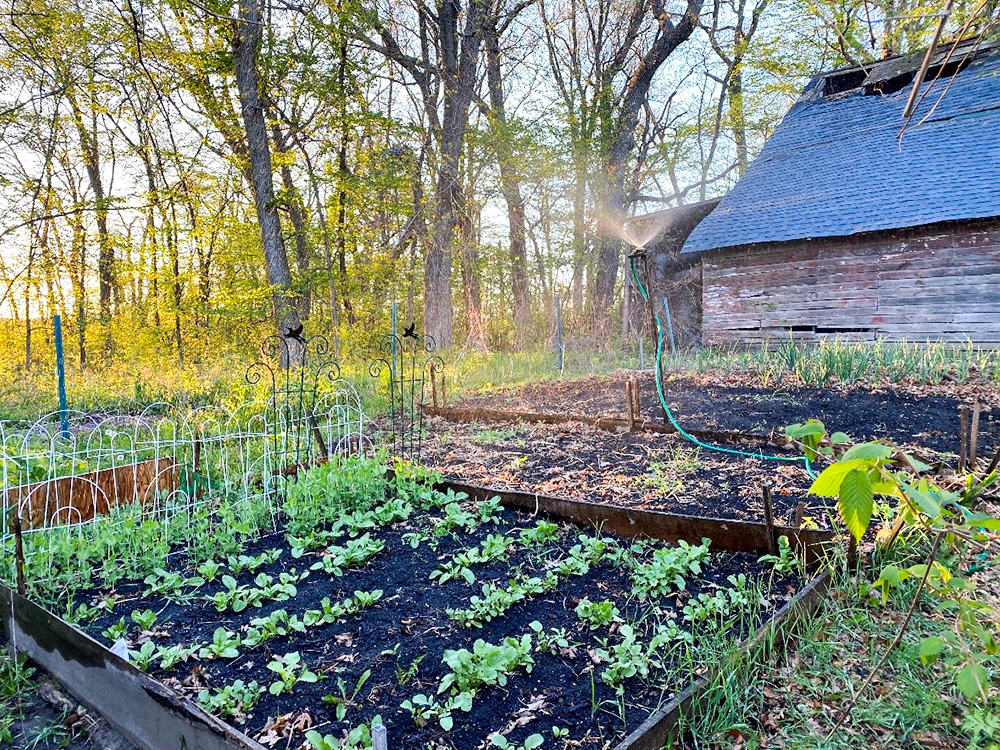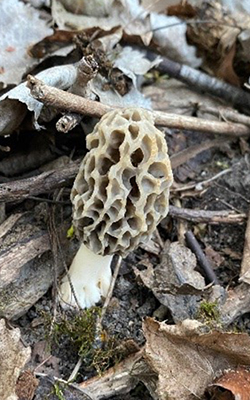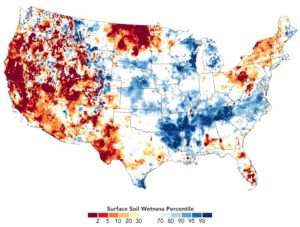By Carrie Jennings, research and policy director
 The DNR Hydrologic Conditions Report is out for April and it confirms what gardeners, farmers and those with lawns already know: This spring has been unusually dry, with some areas more than three inches short on rain.
The DNR Hydrologic Conditions Report is out for April and it confirms what gardeners, farmers and those with lawns already know: This spring has been unusually dry, with some areas more than three inches short on rain.

Moderate drought is currently confined to the extreme northwest, southeast, and south-central parts of the state—but those happen to be our agricultural areas. At a distance, you can see large dust plumes following farmers’ planters as they put in corn and beans. Those same regions are also seeing lower-than-normal groundwater levels, which probably affects the area’s shallowest wells. Irrigation season isn’t even really upon us yet, though I’ve seen a few center pivots already operating in Dakota and Goodhue counties.

Although spring was good for cool weather crops, you gardeners out there have probably begun to deploy some special watering measures for tender transplants and emerging seedlings to avoid moisture stress, especially with the drying winds we’ve had.
After a few spears of asparagus emerged from my patch, production stalled out until I put the sprinkler on it for a day. The morel season even seemed truncated and the forest floor too crunchy.
Widespread drought
Almost half of the United States is experiencing some level of drought, and it is expected to worsen. This puts a strain on surface water and groundwater supplies and increases susceptibility to fire.
The current weather pattern pushed the jet stream north, causing it to have a deep curve that diverts precipitation away from the west all the way to our region, sending the moisture to other parts of the country.

The driest part of the country was the delivery target for the proposed Water Train, a scheme cooked up by Progressive Rail and others to deliver a precious load of ancient Minnesota groundwater from the Randolph area in Dakota County to drought-stricken regions. That was, until the DNR issued their ruling that pumping was prohibited from Mt. Simon aquifer. Legislation to further protect other aquifers in Minnesota was in the environment and natural resources omnibus bill this session, as was the potential designation of a new groundwater management area in Dakota County.
As for me, I’m hoping for some drenching rains later this week. Hopefully we can let it all soak in and remain where it falls to restore the soil moisture and replenish deeper aquifers.